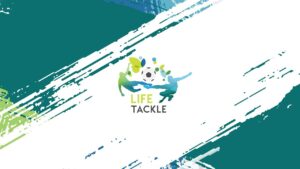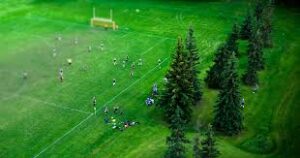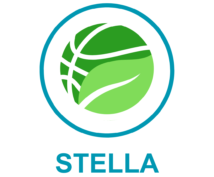
LIFE TACKLE (Team Action for Climate Knowledge and Learning for European Stadiums) is a European project co-funded by the LIFE Programme of the European Union. Its mission is to promote environmental sustainability within the football sector by reducing the ecological footprint of football stadiums and events. By addressing challenges like waste generation, energy consumption, and resource inefficiency, the project aims to integrate sustainable practices into one of Europe’s most popular sports, leveraging its wide influence to inspire broader societal change.
Objectives:
The primary goals of LIFE TACKLE include:
- Encouraging football organizations to adopt environmentally sustainable practices.
- Reducing the environmental impact of football stadiums and events.
- Promoting awareness and behavioral change among fans, players, and stakeholders in the football industry.
- Creating replicable models for sustainable management in other sports sectors.
Description of the Practice:
What is the practice?
LIFE TACKLE focuses on implementing and promoting green management practices at football stadiums, addressing issues such as waste management, energy efficiency, and fan engagement in sustainability.
How was it implemented?
- Environmental Assessments: Stadiums undergo audits to identify their environmental impact and areas for improvement.
- Guidelines and Tools: The project provides tailored guidelines, toolkits, and practical recommendations to stadium managers and event organizers.
- Pilot Actions: Sustainable practices are tested and refined at various football stadiums across Europe, including energy-saving measures, waste reduction initiatives, and eco-friendly transportation options.
- Fan Engagement: Campaigns are launched to raise awareness among fans about their role in promoting sustainability.
- Collaborations: Partnerships are established with football federations, clubs, and local authorities to ensure widespread adoption and support.
Impact and Results:
Quantitative Results:
- Reduction in energy consumption and greenhouse gas emissions in participating stadiums.
- Decreased waste generation and increased recycling rates at football events.
- Integration of sustainability clauses into contracts with suppliers and service providers.
Qualitative Results:
- Enhanced environmental awareness among football clubs, staff, and fans.
- Establishment of sustainability as a core value in European football.
- Strengthened collaboration between sports organizations and environmental advocates.
Conclusion:
LIFE TACKLE demonstrates how sports, as a unifying and influential cultural force, can lead the way in promoting environmental sustainability. By implementing practical, measurable solutions and engaging stakeholders across the football sector, the project has proven that sustainability and sports can go hand in hand.
Recommendations:
- For Football Organizations: Conduct regular environmental audits and adopt green practices for stadium management and event organization.
- For Fans and Communities: Support eco-friendly initiatives at events and advocate for sustainable practices within sports organizations.
- Next Steps:
- Expand the LIFE TACKLE model to include smaller clubs and amateur leagues.
- Collaborate with international sports organizations to create a global framework for sustainable sports management.
- Develop ongoing education and training programs for stadium managers and staff.

 .
.
